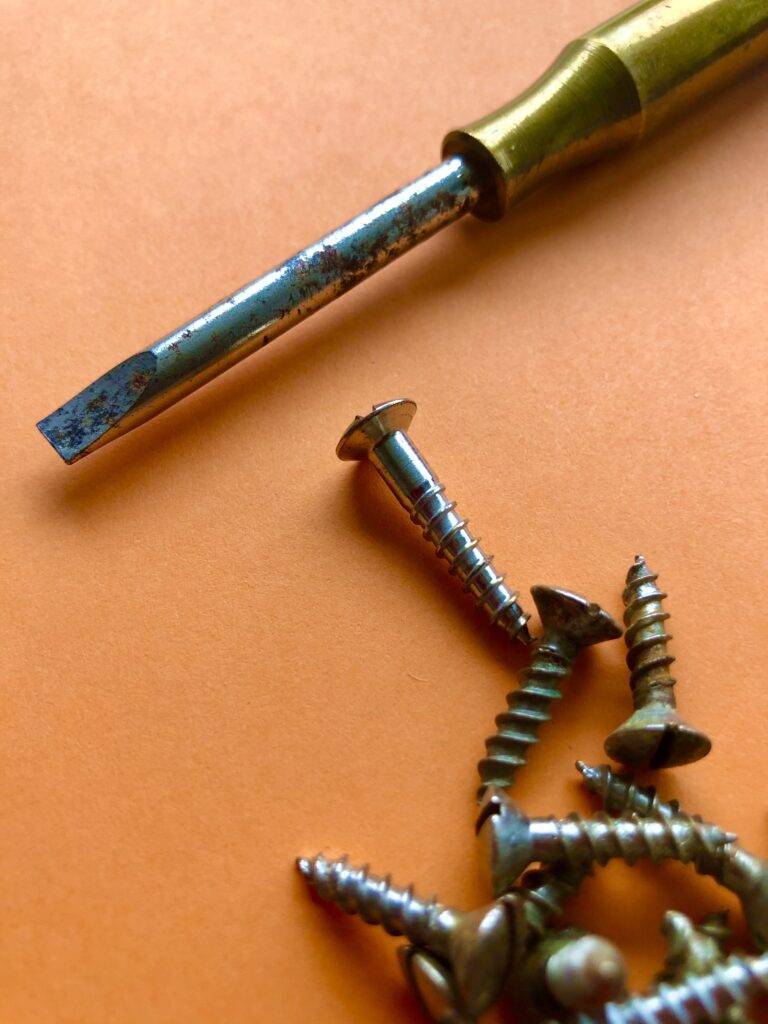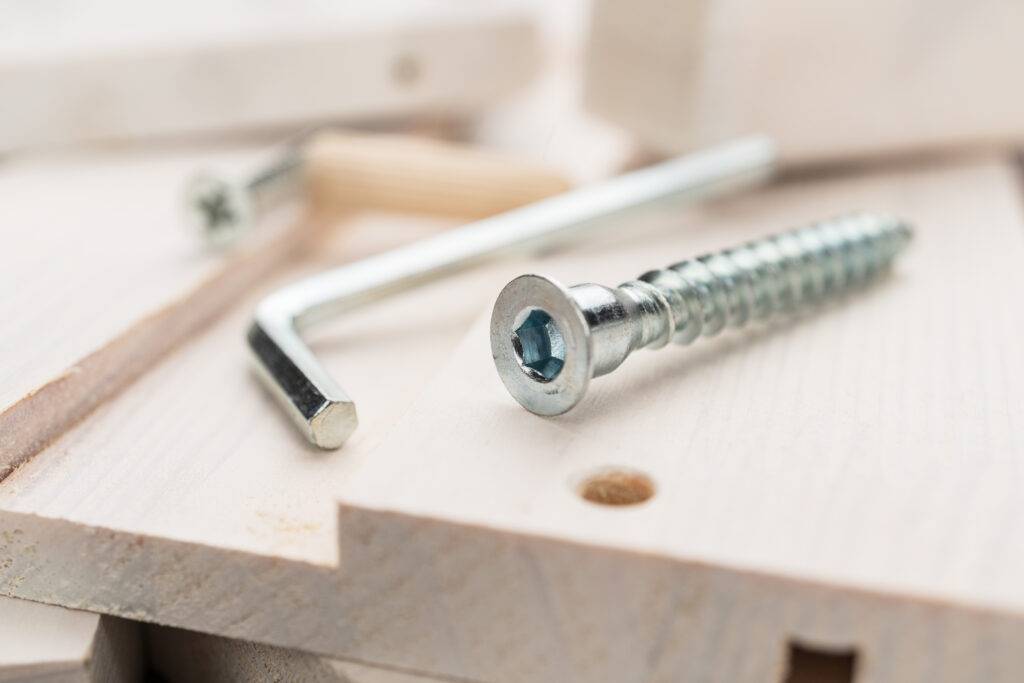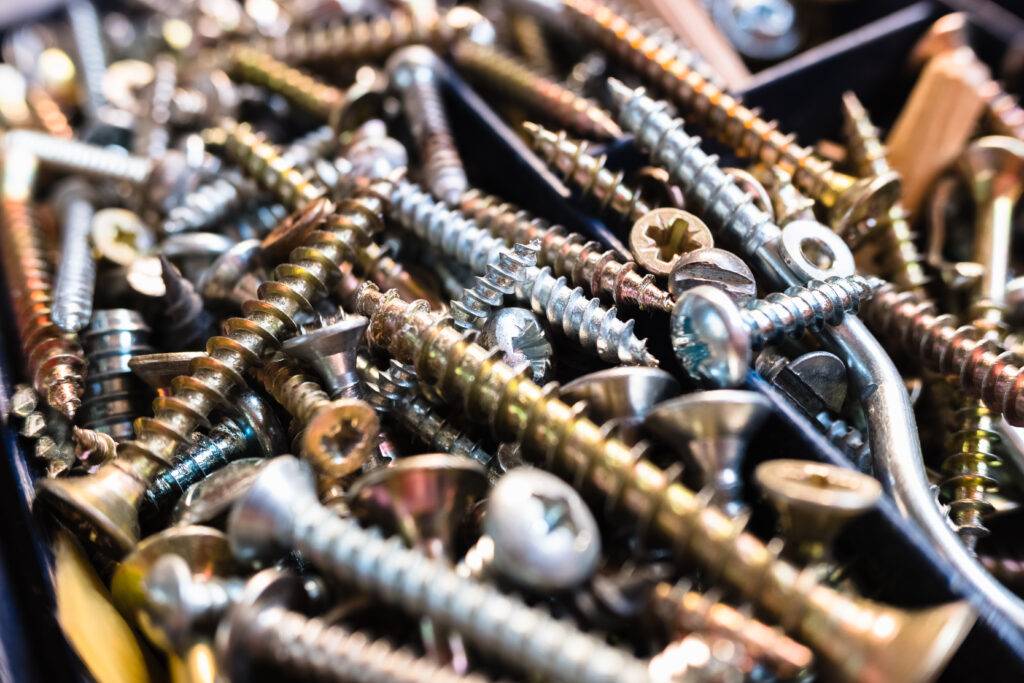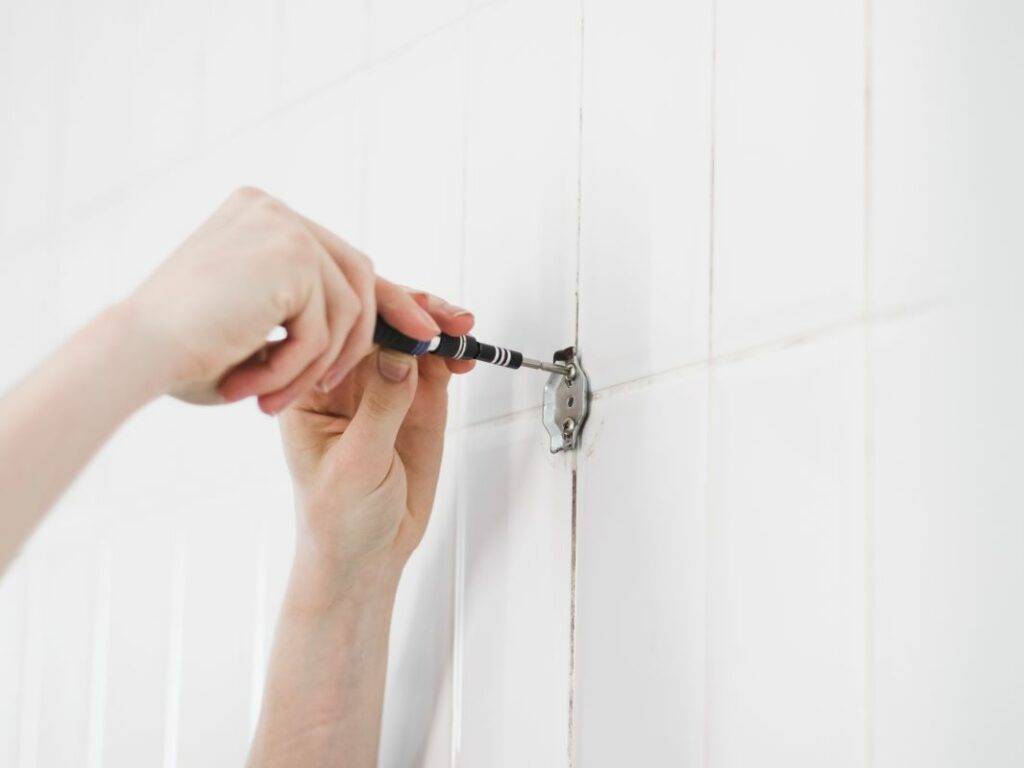Encountering a stripped screw can be incredibly frustrating, especially when you’re in the middle of a DIY project or home repair. A stripped screw is one that has lost its grip, usually because the grooves on its head have been worn down, making it challenging to remove with a standard screwdriver. If you’ve faced this problem, you know that it can turn a simple task into a time-consuming ordeal. But fear not—I’ve got a few tricks up my sleeve to help you get that stubborn screw out.
How to Remove a Stripped Screw

In this guide, I’ll explain why screws get stripped, offer a variety of solutions, and give you a detailed step-by-step process to help you remove a stripped screw without damaging your tools or the surrounding material.
Understanding the Problem
A stripped screw is one where the head’s grooves have been damaged, usually due to excessive force or using the wrong size or type of screwdriver. This can happen when trying to tighten or loosen a screw. The more you try to remove it, the worse the stripping can become.
Stripped screws are problematic because they lose the traction needed to turn them with a screwdriver. This lack of grip can make it almost impossible to remove the screw using conventional methods. The goal is to find alternative ways to gain traction or create new grip points to remove the screw without causing further damage.
Tools and Materials You’ll Need
Before attempting to remove a stripped screw, gather these tools and materials:
- Assorted screwdrivers (flathead and Phillips, different sizes)
- Rubber band or wide elastic band
- Needle-nose pliers
- Screw extraction kit
- Drill and drill bits (for creating a pilot hole or using a screw extractor)
- Dremel tool with a cutting disc (optional)
- Hammer (for light tapping)
- Penetrating oil or WD-40 (to loosen stuck screws)
- Safety glasses (for eye protection)
Removal Process

Step 1: Assess the Damage
The first step in removing a stripped screw is to assess the level of damage. Determine whether the grooves in the screw head are partially or completely stripped. This will help you choose the best method for removal. If the screw head is entirely smooth, you might need more advanced techniques, while partially stripped screws can often be removed with simpler methods.
Step 2: Try a Rubber Band for Extra Grip
If the screw is only partially stripped, a common trick is to use a rubber band to gain additional grip. Here’s how I did it:
Place the Rubber Band: Stretch a rubber band over the screw head, covering the entire surface. The rubber band should be wide enough to cover the grooves.
Insert the Screwdriver: Insert a screwdriver that fits the original grooves (usually a Phillips or flathead, depending on the screw type). Press firmly to ensure the rubber band doesn’t slip.
Turn the Screwdriver: Apply steady pressure while turning the screwdriver. The rubber band adds extra traction, allowing the screwdriver to grip the stripped grooves.
If this doesn’t work, don’t worry—there are other methods to try.
Step 3: Use a Screw Extraction Kit
A screw extraction kit is a specialized toolset designed for removing stripped screws. These kits typically include different sizes of extractors and often require a drill. Here’s how I used one:
Drill a Pilot Hole: If the screw head is entirely stripped, use a drill to create a small pilot hole in the center of the screw. This hole will guide the screw extractor and provide extra grip.
Select the Correct Extractor: Choose an extractor from your kit that fits the pilot hole. Most extractors have reverse threads, allowing them to bite into the screw as you turn them counterclockwise.
Insert the Extractor: Insert the extractor into the pilot hole and apply firm pressure.
Turn Counterclockwise: Use a wrench or drill to turn the extractor counterclockwise. As it bites into the screw, it should begin to turn and loosen the stripped screw. Continue turning until the screw is completely removed.
Step 4: Try Needle-Nose Pliers
If the screw head is protruding slightly from the surface, needle-nose pliers can be useful for gaining grip. This method is ideal for screws that aren’t deeply embedded or for those with exposed threads. Here’s what I did:
Grip the Screw Head: Position the pliers around the screw head, ensuring a tight grip.
Turn Slowly: Turn the pliers counterclockwise while applying steady pressure. This can be a slow process, but with patience, the screw will begin to loosen.
Remove the Screw: Continue turning the pliers until the screw is fully removed.
Step 5: Create a New Groove with a Dremel Tool
If other methods fail, creating a new groove in the screw head can be an effective solution. This requires a Dremel tool with a cutting disc. Here’s how I did it:
Create a Slot: Use the Dremel tool to carefully cut a new slot across the screw head. Be sure to wear safety glasses and take your time to avoid damaging the surrounding material.
Insert a Flathead Screwdriver: Once the slot is created, insert a flathead screwdriver into the new groove.
Turn Counterclockwise: Apply steady pressure while turning the screwdriver. The new slot should provide enough grip to turn and remove the screw.
Step 6: Use Penetrating Oil for Stuck Screws
If the stripped screw is also stuck due to rust or corrosion, penetrating oil or WD-40 can help loosen it. Here’s what I did:
Apply Penetrating Oil: Spray a small amount of penetrating oil around the screw and let it sit for a few minutes. This allows the oil to penetrate and loosen any rust or corrosion.
Try Turning the Screw: After the oil has had time to work, use one of the earlier methods to try and turn the screw. The oil should make it easier to loosen. You can Learn More about Wiring A Light Switch
Additional Tips and Troubleshooting

Removing a stripped screw can be a frustrating process, but with the right tools and techniques, you can overcome this obstacle. Here are some additional tips and troubleshooting suggestions:
- Use the Correct Screwdriver: Always use the right size and type of screwdriver for the job. Using the wrong one can lead to stripping.
- Apply Steady Pressure: When attempting to remove a stripped screw, apply steady pressure to avoid further stripping.
- Be Patient: Some methods require patience and persistence. Take your time and avoid rushing the process.
- Consider a Professional: If all else fails or if you’re unsure about any step, consider seeking professional help. A skilled technician may have additional tools and experience to handle the situation.
Conclusion
Removing a stripped screw can be challenging, but with the right tools, techniques, and a bit of patience, you can successfully remove even the most stubborn screws. In this guide, I’ve covered various methods to help you tackle this common DIY problem. Whether you’re using a rubber band for extra grip, a screw extraction kit, or creating a new groove with a Dremel tool, there’s a solution for every situation.
What are some common tools for removing stripped screws?
To remove a stripped screw, several tools can be helpful. A screw extractor set is a go-to option, consisting of a drill bit and an extractor designed to grip the screw. You can also try using rubber bands or steel wool to create additional grip for the screwdriver.
For screws with minor stripping, pliers, locking pliers, or vise grips may be effective. If all else fails, a Dremel tool or rotary tool with a cutting disc can create a new slot in the screw head for a flathead screwdriver to extract the screw.
What Should I Do If a Stripped Screw Is Stuck in a Delicate Material?
If a stripped screw is stuck in a delicate material like wood or plastic, proceed with caution to avoid damaging the surrounding area. Start by applying a penetrating oil or lubricant around the screw to help loosen it. Use a rubber band or a piece of fabric to gain additional traction when attempting to remove the screw with a screwdriver.
If these methods don’t work, try using needle-nose pliers to grip the screw’s head and slowly turn it counterclockwise. In extreme cases, consider drilling a small hole into the screw and using a screw extractor, but be careful not to damage the surrounding material.
Can a stripped screw be prevented from getting worse?
To avoid further stripping of a screw, avoid over-tightening or using the wrong type of screwdriver or drill bit. Make sure to align the screwdriver or drill bit with the screw’s head, applying even pressure. If the screw starts to show signs of stripping, try to increase the grip with methods like rubber bands or steel wool.
If possible, use a manual screwdriver instead of a power drill, as this allows for more precise control. When tightening screws, do so gradually and without excessive force to avoid causing damage.
Disclaimer: This information is for general purposes only. Consult a professional for specific advice. See our terms and conditions for details.

